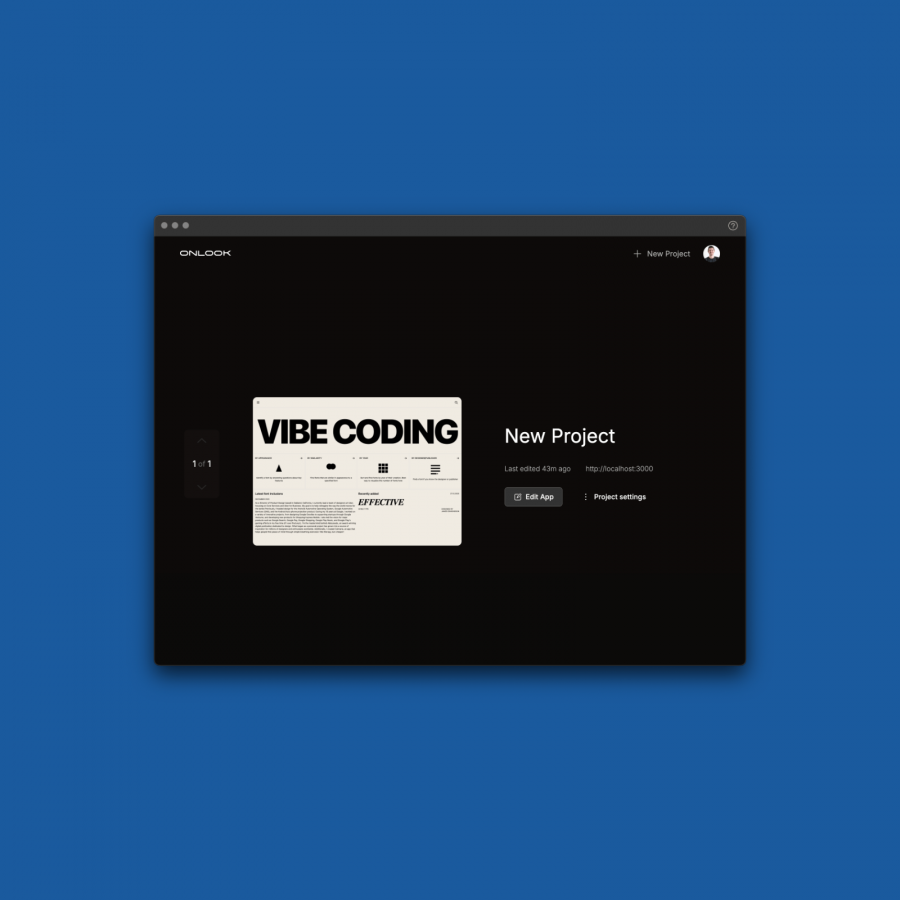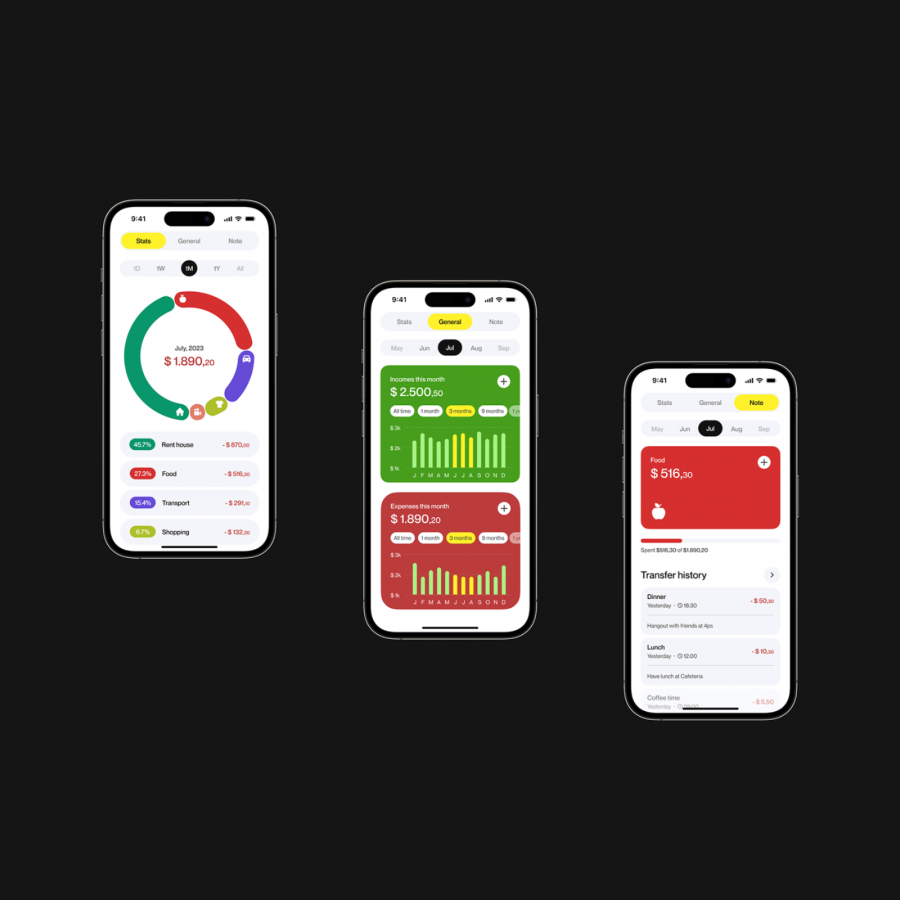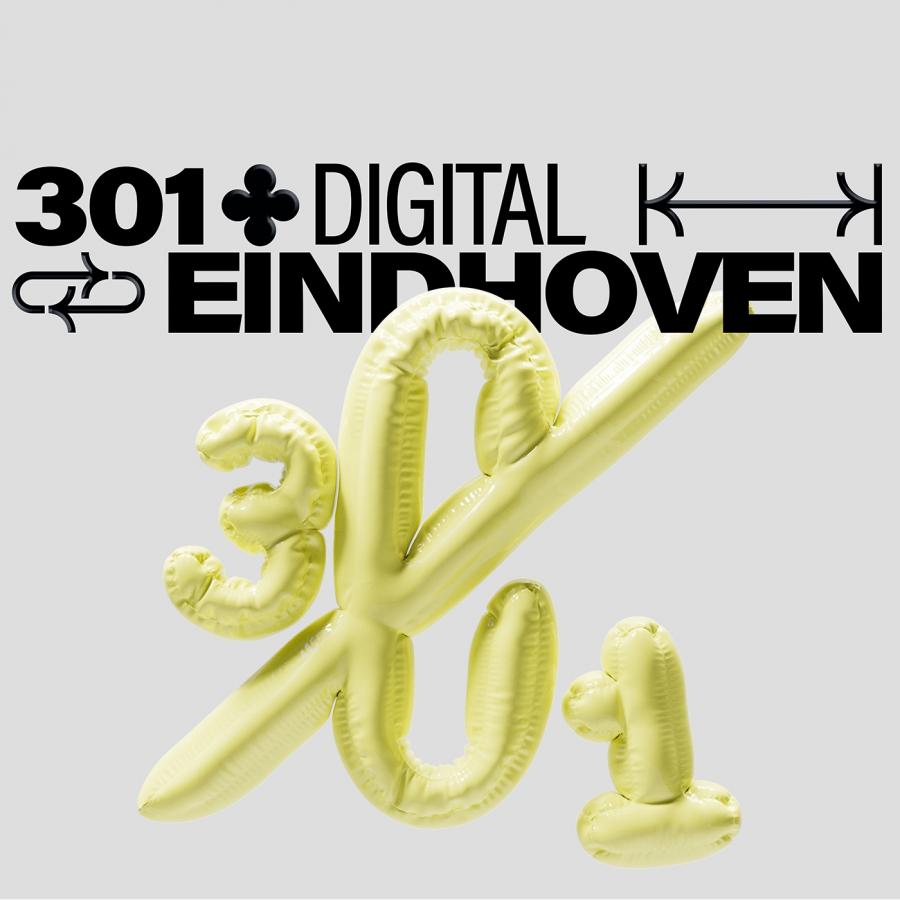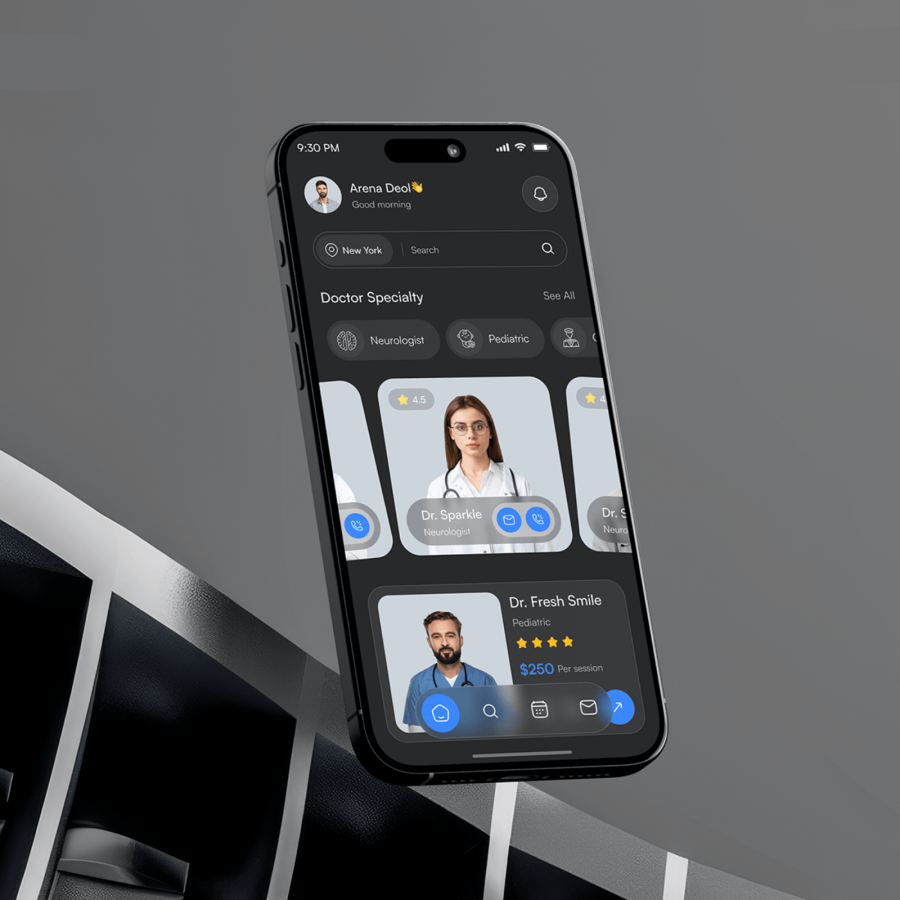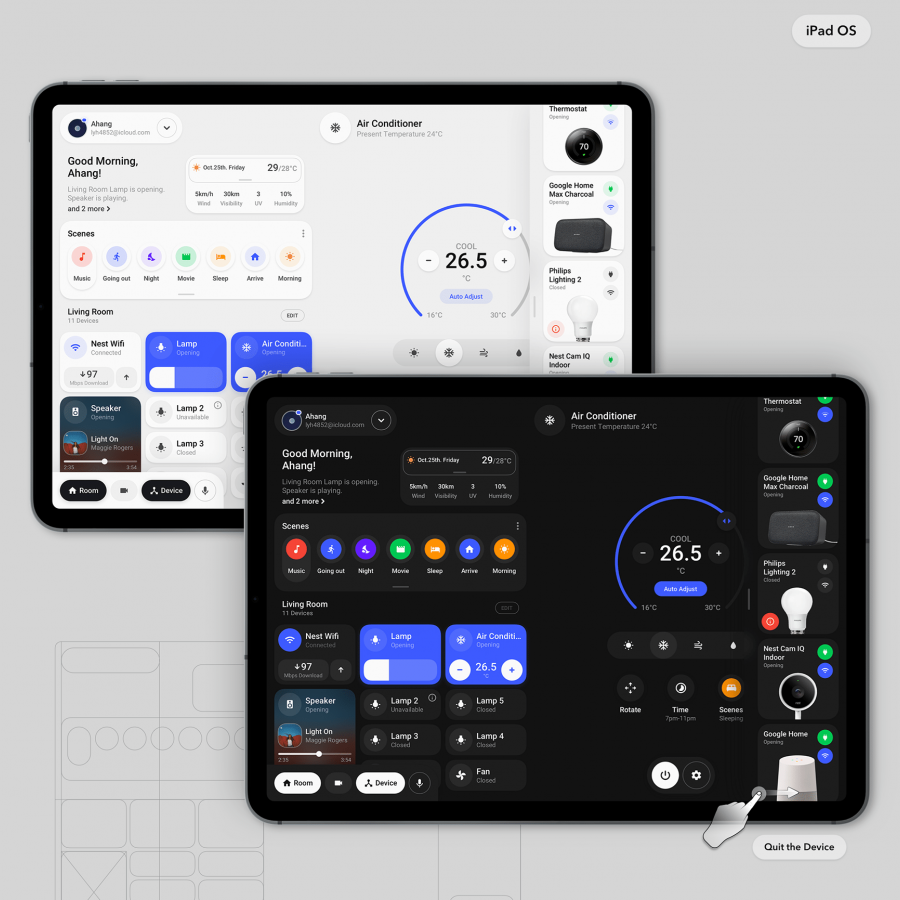by abduzeedo
Dive into vibe coding for designers. Learn how the Onlook tool uses AI to merge visual editing with real code.
It feels like we're riding another big wave in the creative industry, doesn't it? Artificial intelligence, specifically generative AI, is reshaping how we approach design. Remember the shift from intricate Flash sites to the simpler, standard web powered by tools like Blogger and Wordpress? That era, full of learning and daily discoveries, was actually when Abduzeedo first started.
Now, AI is ushering in a similar transition, but the potential impact feels exponentially larger. The lines between brainstorming an idea and actually building it are getting incredibly blurry. This leads us to a fascinating new trend: creating through text prompts, sometimes called vibe coding.
The Power of Prompting
Think about that for a second. Building functional designs, even generating code, without needing traditional coding expertise? It's still pretty mind-blowing. We're genuinely just scratching the surface here. New AI models, tools, and concepts like Agents seem to pop up every single day. Keeping up can feel like a full-time job itself!
This rapid evolution reminds us of those early Web 2.0 days – constant learning, experimentation, and a sense that the ground is shifting beneath our feet. But this time, the tools are supercharged by AI, offering capabilities we could only dream of back then.
Tools Bridging the Gap
Naturally, a whole ecosystem of tools is emerging to deliver on this text-to-design promise. You might have heard of platforms like Replit, Cursor, the new Firebase Studio, or Bolt. Many are doing impressive things, turning simple text prompts into visual layouts or code structures. They represent a significant leap in how we can potentially execute ideas faster than ever before.
A Closer Look at Onlook
One tool that recently caught our eye is Onlook (https://onlook.com/). What makes Onlook particularly interesting for designers? It cleverly blends a visual editing experience, much like you'd find in Figma, with the ability to directly manipulate a real React website running locally on your machine.
This isn't just about generating a static image; you're interacting with live components. For those who enjoy tweaking the details, Onlook uses Tailwind CSS. This is great news because it opens the door for deeper customization, letting you refine the styling beyond the initial AI generation – perfect for designers who love getting into the CSS weeds.
The creator of the source text even put together a quick video demo. It shows Onlook taking an image as a reference and generating a functional site from it. Seeing it in action really highlights the potential of this approach.
What Vibe Coding Means for Us
So, what's the takeaway from all this? Tools embracing vibe coding, like Onlook, represent more than just novelty. They point towards a future where:
- Prototyping accelerates: Quickly translate visual ideas or even rough sketches into working web components.
- Design and Development Converge: The gap between visual design tools and actual code implementation narrows significantly.
- Learning Evolves: While deep coding knowledge might not be needed for initial generation, understanding frameworks (like React) and styling (like Tailwind) becomes valuable for refinement.
It's an exciting, perhaps slightly chaotic, time to be a designer. The tools are evolving fast, and the possibilities opened up by AI and vibe coding are vast. Staying curious and experimenting with platforms like Onlook seems like the best way forward.
Why not check out Onlook and see how this new way of working feels? The future of design is definitely looking different, and getting hands-on is the best way to understand it.
For more information check out Onlook (https://onlook.com/)

